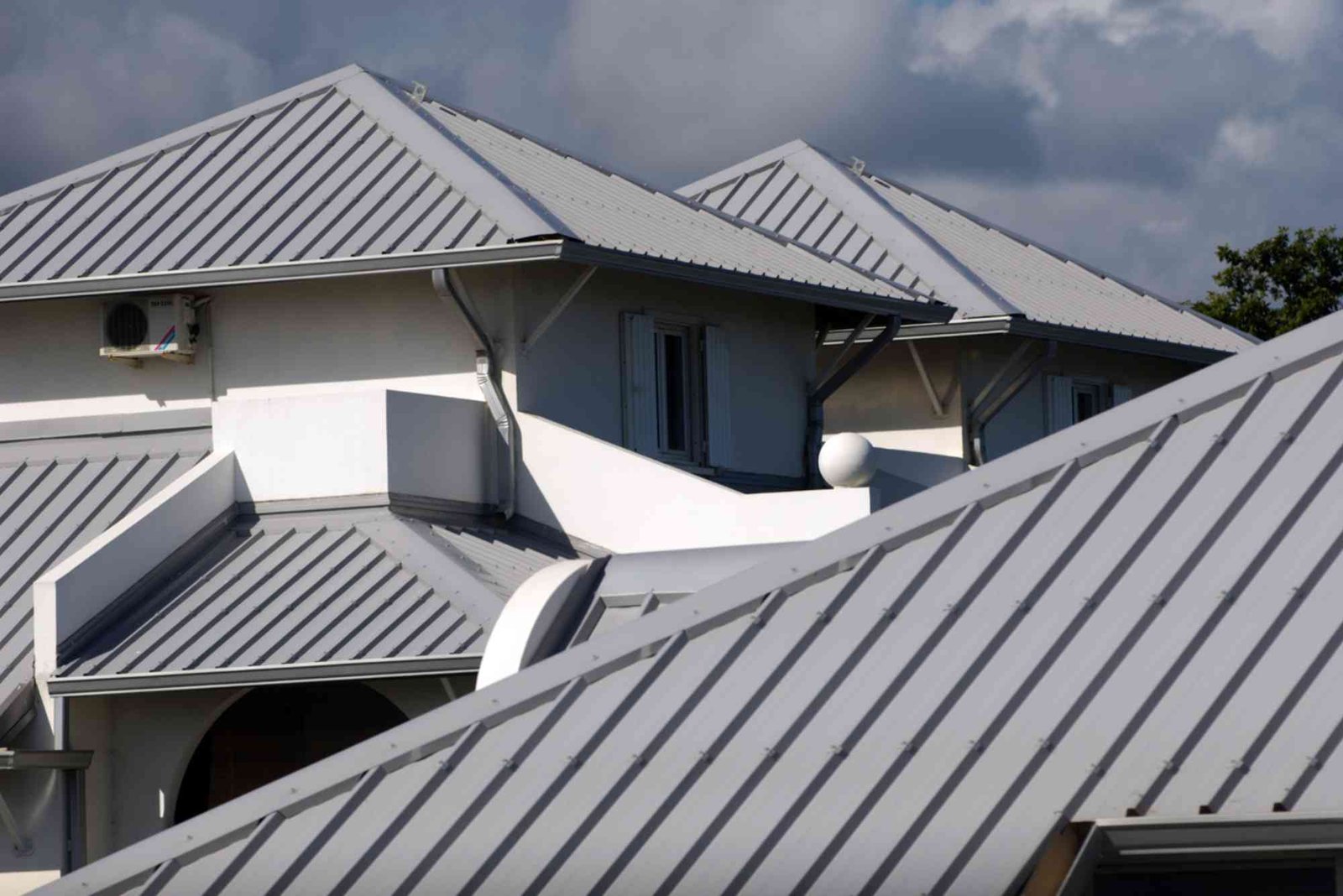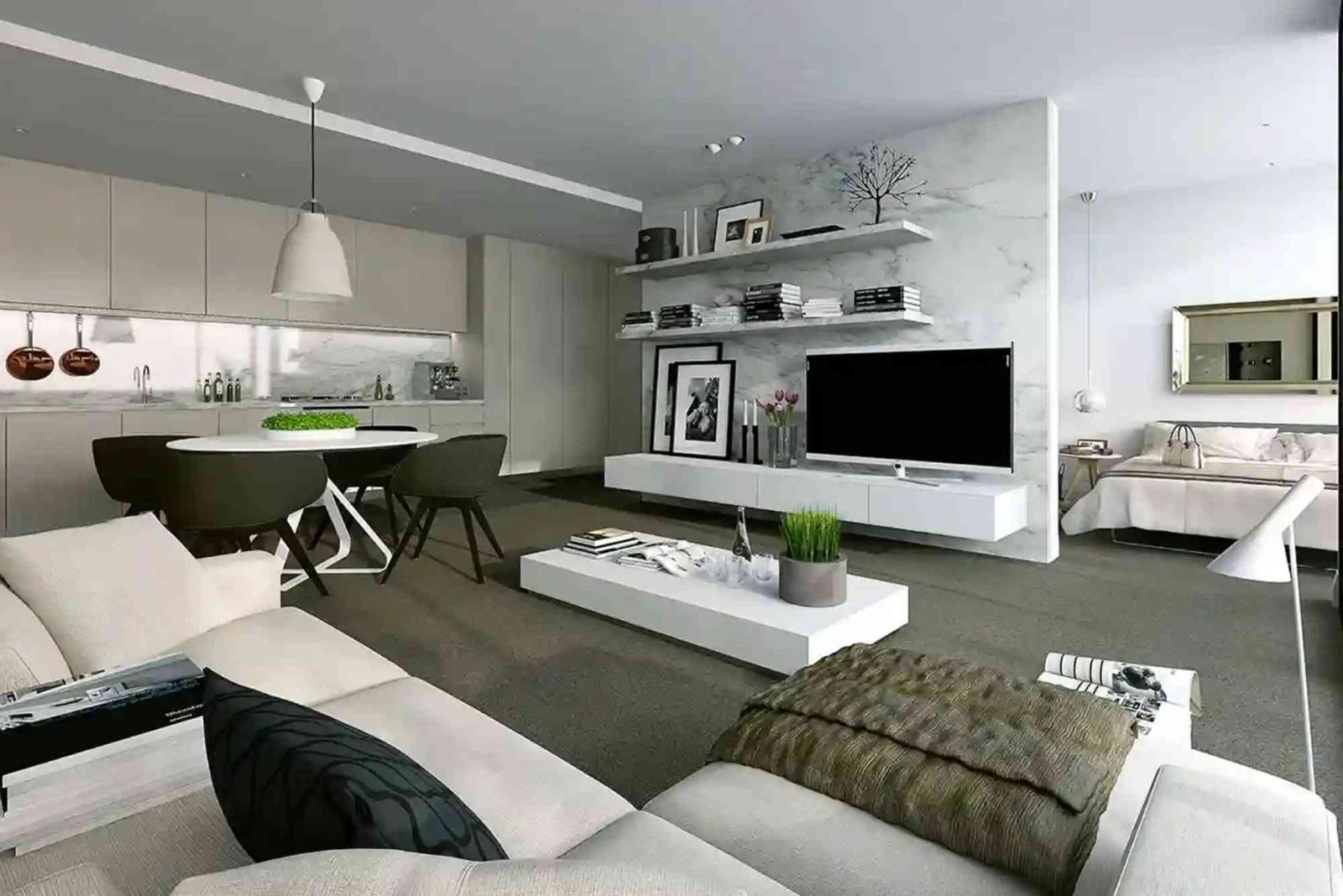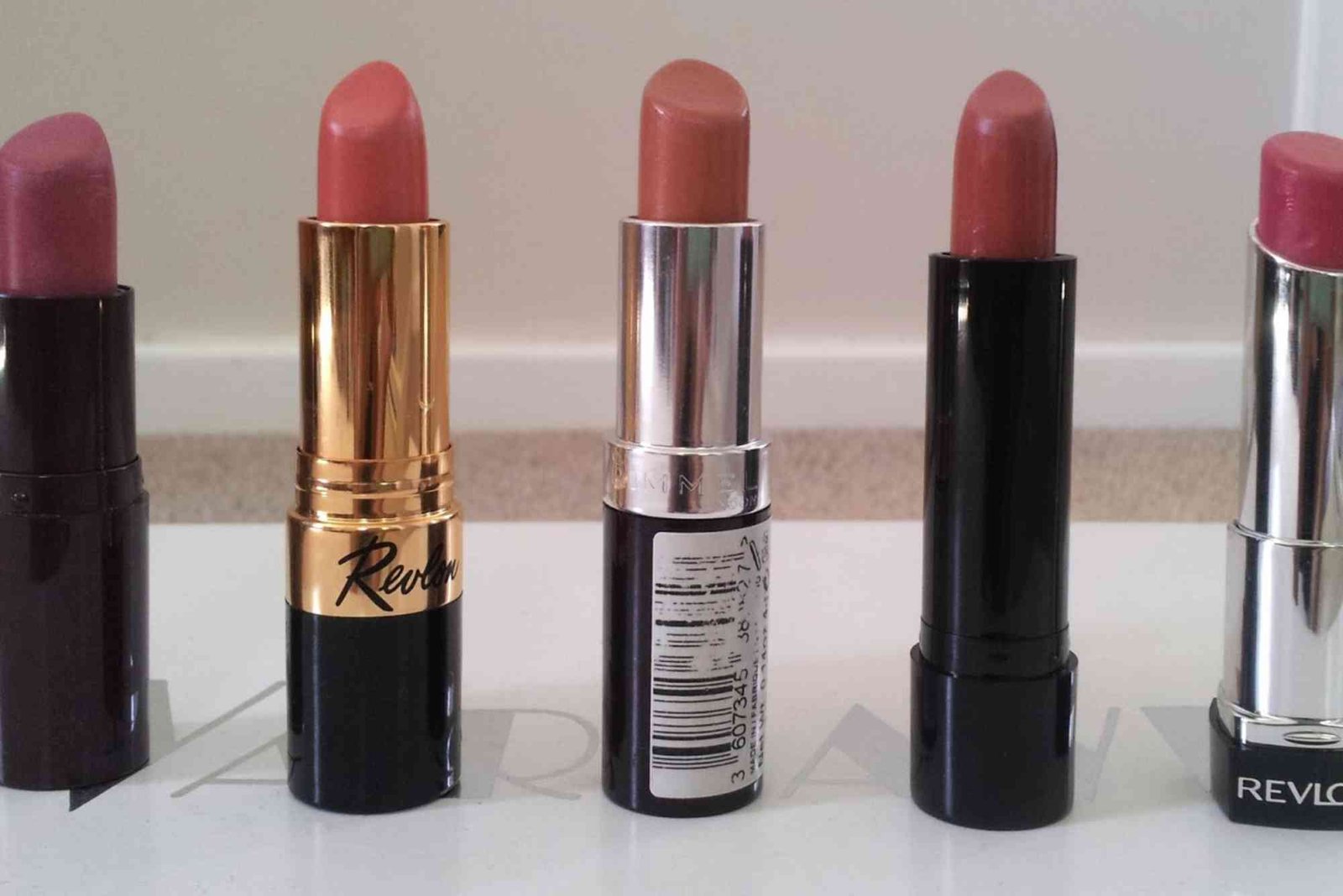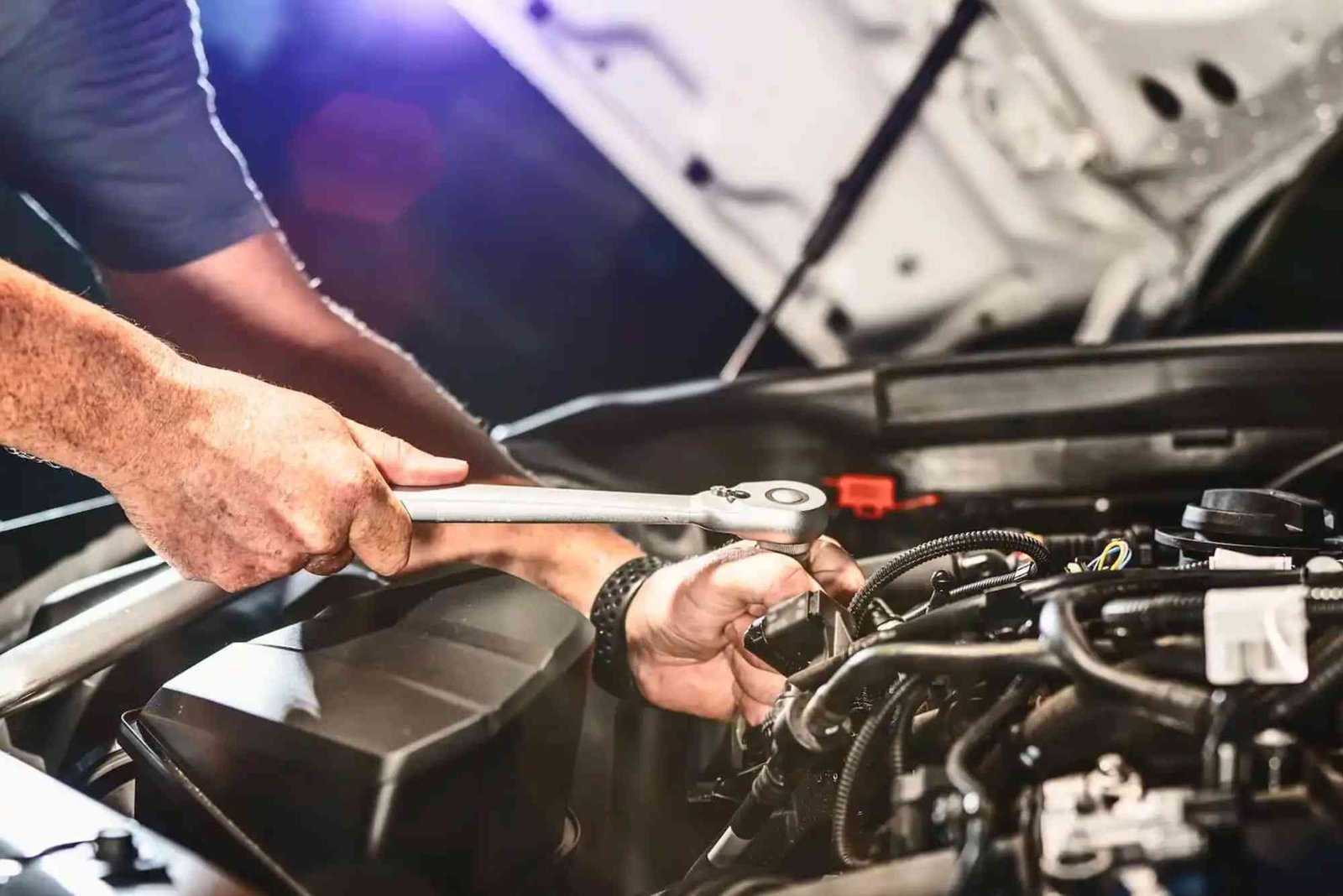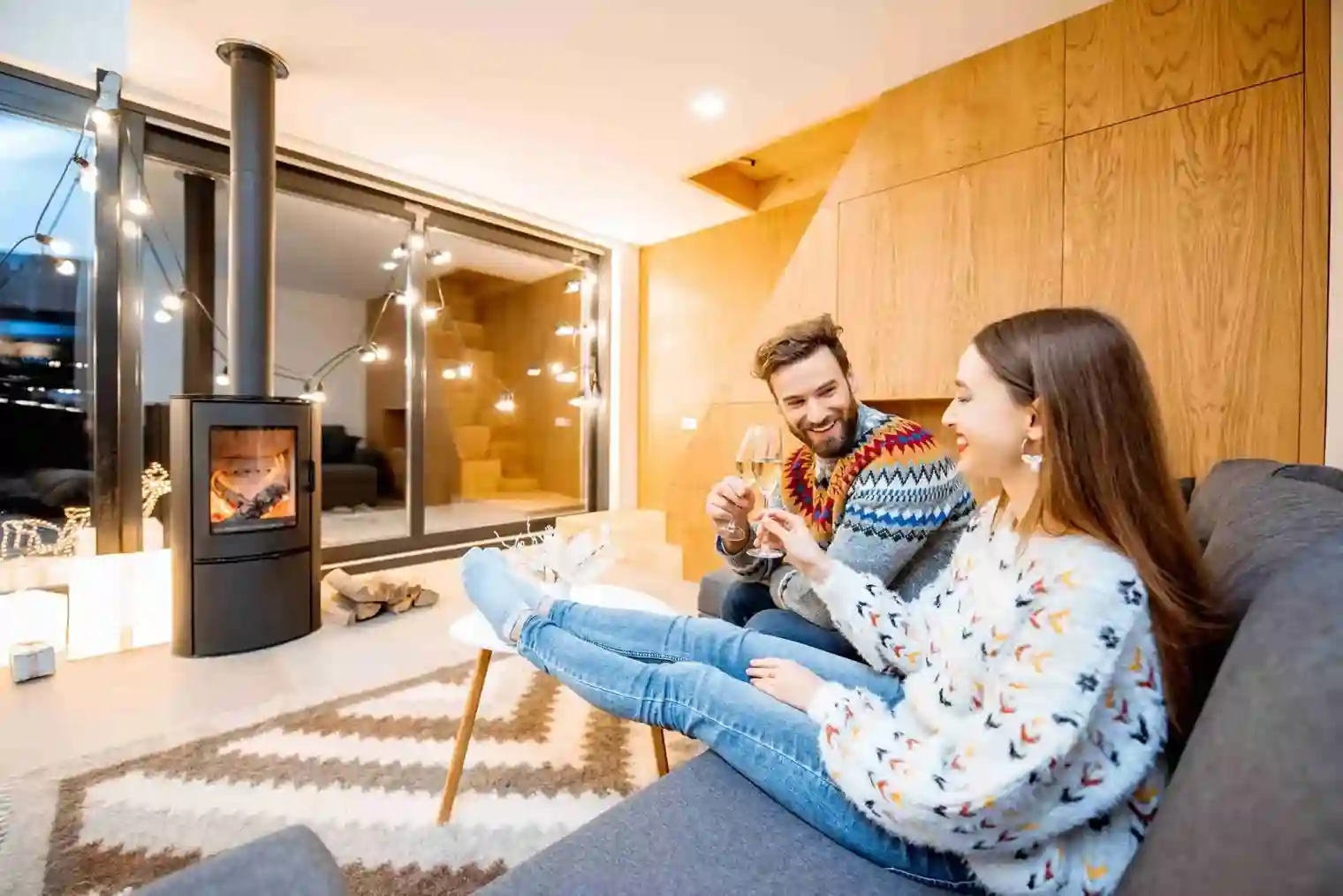Introduction
In modern construction, sustainability and comfort go hand in hand. One of the most effective ways to achieve both is by designing roofs as cool roofs. Cool roofs are specially designed to reflect more sunlight and absorb less heat compared to standard roofs. This simple yet powerful approach can lower indoor temperatures, reduce energy bills, and extend roof lifespan. Whether you are building a new structure or renovating an old one, understanding how to design a cool roof can make a significant difference in long-term comfort and cost efficiency.
What Are Cool Roofs?
A cool roof is a roofing system that reflects a higher percentage of sunlight and emits absorbed heat more efficiently than traditional roofs. These roofs help reduce the heat transferred into a building, keeping interiors cooler. The technology behind cool roofs involves selecting materials and finishes with high solar reflectance and thermal emittance.
Cool roofs can be installed on both residential and commercial buildings. From reflective coatings to specialized tiles, metal panels, and membranes, the design choices vary based on the climate, building type, and budget.
Why Designing Roofs as Cool Roofs Matters
Designing roofs as cool roofs is more than an aesthetic decision—it’s an environmental and economic strategy. Traditional dark-colored roofs can reach temperatures up to 150°F (65°C) or more on hot days, while cool roofs can stay up to 50°F (10–15°C) cooler. This reduction in temperature directly translates into lower air-conditioning needs and improved energy efficiency.
Moreover, cool roofs contribute to reducing the urban heat island effect—a phenomenon where cities become significantly warmer than rural areas due to human activities and heat-absorbing surfaces. By reflecting more sunlight, cool roofs can help lower ambient air temperatures, reducing overall energy demand in densely populated areas.
Practical Tips for Designing Roofs as Cool Roofs
Designing an effective cool roof involves more than selecting reflective paint. It requires thoughtful planning, suitable material choices, and proper installation techniques. Below are practical tips that will help you design energy-efficient cool roofs.
Choose the Right Roofing Material
The choice of roofing material plays a crucial role in how well your roof performs. Some of the best materials for cool roofs include:
Metal Roofing: Metal roofs coated with reflective paints or finishes can reflect a large portion of solar radiation. They are durable, lightweight, and long-lasting, making them ideal for both homes and commercial buildings.
Tile Roofing: Clay or concrete tiles can be designed with reflective coatings. Their natural thermal properties make them suitable for hot climates.
Cool Roof Coatings: Applying a specialized coating can convert existing dark roofs into reflective surfaces. These coatings are cost-effective and easy to apply.
Membrane Roofing: Common in commercial buildings, white or light-colored membranes like TPO and PVC offer high reflectivity and durability.
Focus on Reflectivity and Emissivity
Reflectivity measures how much sunlight a roof surface can reflect, while emissivity refers to how effectively it releases absorbed heat. A good cool roof design balances both. Ideally, a cool roof should have a solar reflectance index (SRI) of 70 or higher for low-slope roofs and at least 30 for steep-slope roofs. Selecting materials with a high SRI ensures maximum performance in heat reduction.
Optimize Roof Color
Color choice significantly affects the heat absorption rate. Light-colored roofs—white, beige, or light gray—reflect more sunlight. However, new technologies now allow even darker-colored roofs to perform efficiently using infrared-reflective pigments that keep them cool without compromising on aesthetics.
Ensure Proper Insulation
A reflective roof alone is not enough. Pairing it with quality insulation helps maintain indoor comfort throughout the year. Proper insulation prevents heat transfer, reduces HVAC load, and supports a stable indoor environment, particularly in areas with extreme temperature variations.
Maintain Roof Cleanliness
Dirt, dust, and biological growth like mold or algae can reduce reflectivity. Regular cleaning and maintenance help preserve a roof’s ability to reflect sunlight efficiently. Consider scheduling roof inspections at least twice a year to ensure maximum performance and early detection of wear or damage.
Plan for Ventilation
Proper roof ventilation enhances the efficiency of cool roofs. It allows hot air to escape and prevents moisture buildup in attics or under roofing materials. Combining reflective surfaces with well-designed ventilation systems can significantly improve overall thermal performance.
Evaluate Climate Conditions
Climate plays a major role in determining the type of cool roof you should install. In hotter regions, high-reflectivity materials work best, while in mixed climates, a balance between reflectivity and insulation is necessary. Consulting a roofing expert familiar with local weather patterns ensures you choose the most suitable design.
Consider Energy Codes and Incentives
Many regions now have building codes promoting energy-efficient roofing. Governments and utility companies also offer rebates or incentives for installing cool roofs. Before beginning your project, check local regulations and incentive programs—they can offset costs and add long-term value to your investment.
Benefits of Designing Cool Roofs
Cool roofs offer both direct and indirect advantages that go beyond immediate comfort.
Energy Savings: By reflecting heat, cool roofs reduce cooling costs significantly. Studies show that energy savings can range from 7% to 15% annually.
Enhanced Roof Durability: Reduced thermal stress leads to less cracking, warping, and overall material degradation, extending the roof’s lifespan.
Environmental Sustainability: Cool roofs lower greenhouse gas emissions and reduce the overall carbon footprint of buildings.
Improved Indoor Comfort: Buildings with cool roofs maintain more consistent indoor temperatures, enhancing comfort even without air conditioning.
Community-Level Impact: When adopted widely, cool roofs can help cool entire urban areas, improving air quality and public health.
Common Mistakes to Avoid in Cool Roof Design
Even the best materials won’t perform well if installed incorrectly. Some common mistakes include:
-
Ignoring local climate factors and using the wrong materials
-
Applying low-quality or incompatible reflective coatings
-
Overlooking roof insulation and ventilation
-
Failing to maintain the roof regularly
Avoiding these errors ensures long-term effectiveness and higher energy savings.
Real-World Applications of Cool Roofs
Cool roof technology has gained traction across various industries. Many commercial and residential buildings in hot climates—like California, Dubai, and southern Asia—have adopted cool roofs to combat rising temperatures. Educational institutions and healthcare facilities also prefer them for energy efficiency and occupant comfort. These practical applications demonstrate that designing roofs as cool roofs is not just a trend but a sustainable construction practice for the future.
How Cool Roofs Support Sustainable Living
Designing cool roofs aligns with global efforts toward sustainability. By lowering energy consumption, they indirectly reduce dependence on fossil fuels. They also complement other eco-friendly strategies such as solar panel installation and green roofing systems. For those seeking holistic home efficiency solutions, reading our Related Blog article offers insights into combining design and environmental responsibility.
Make the Smart Choice for a Cooler Future
Designing roofs as cool roofs is a smart investment for anyone seeking comfort, efficiency, and sustainability. From choosing reflective materials to ensuring proper ventilation and maintenance, every step contributes to creating an energy-efficient environment that benefits both homeowners and the planet.
As the demand for sustainable design grows, cool roofs stand out as one of the simplest yet most effective innovations in modern architecture. By embracing these principles today, you’re not only reducing your carbon footprint but also investing in long-term value and comfort.
To explore more sustainable design strategies, check our Related Blog article or read about how can Lifestyle Changes Improve Prostatic Hyperplasia Symptoms. For additional insights into modern technology and eco-friendly solutions, Learn more.
FAQs
1. What is the difference between a cool roof and a regular roof?
A cool roof is designed to reflect more sunlight and absorb less heat, while a regular roof absorbs most of the heat, making interiors warmer.
2. Can cool roofs work in cold climates?
Yes. Although their primary benefit is heat reflection, cool roofs still help regulate temperature and prevent ice damage in winter by reducing thermal stress.
3. Do cool roofs cost more to install?
Initial costs can be slightly higher, but they are offset by long-term energy savings, reduced maintenance, and extended roof life.
4. Can I turn my existing roof into a cool roof?
Absolutely. Applying reflective coatings or installing light-colored shingles are cost-effective ways to upgrade your current roof.
5. How long does a cool roof last?
With proper maintenance, cool roofs can last as long as or longer than traditional roofs, often exceeding 20 years.
6. Are there government incentives for installing cool roofs?
Yes, many local authorities offer rebates, grants, or tax incentives for energy-efficient roofing solutions.

